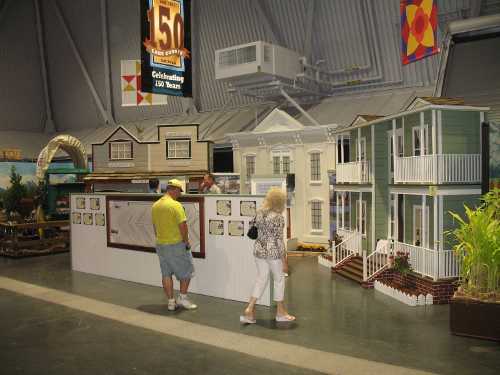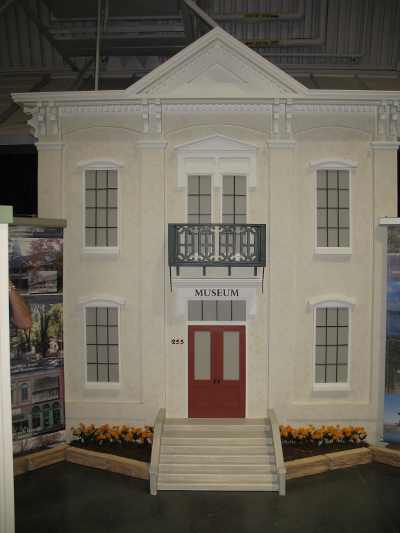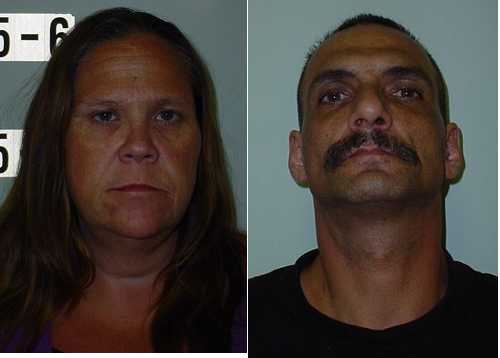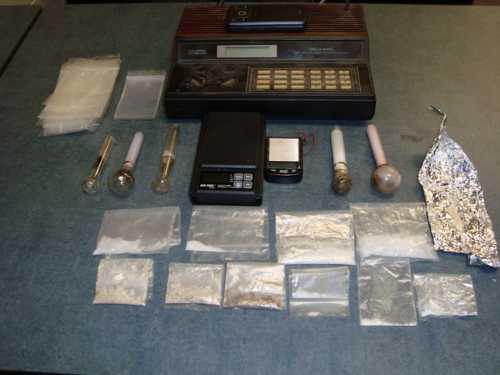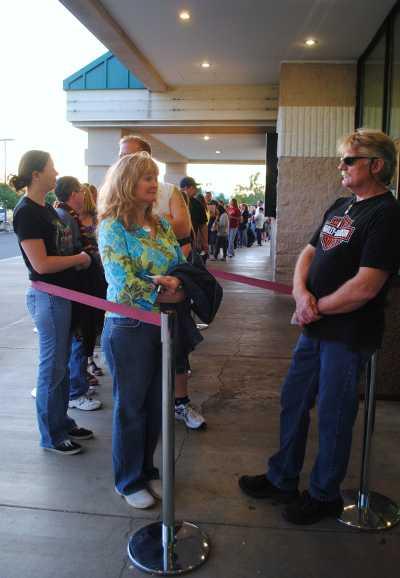- Henry K. Mauldin
- Posted On
Lake County 150: The Old Toll Road
In commemoration of the 150th anniversary of the founding of Lake County this year, Lake County News is publishing a series of historical stories about the county, its people and places. This week's topic, the county's Old Toll Road, is covered in an excerpt from the files of Lake County historian Henry K. Mauldin, edited by Linda Lake, curator of the Lake County Museum.
In the early 1860s the old and tortuous Soldier Road – in close proximity to what is now Butts Canyon Road – was the only route from the southern part of Lake County to the Napa Valley.
It was popular opinion that a better route was needed, no doubt encouraged by the fact that the northern Clear Lake area was now being served by the new Lakeport-Cloverdale Toll Road.
By Legislative Act on March 17, 1866, John Lawley and Associates were granted the right to build a toll road from the foot of Mt. St. Helena, near Calistoga, up over the pass and into Seigler Valley in Lake County.
Before being completed however, this route was shortened to extend only to the mouth of St. Helena Creek at Mirabel Mine south of Middletown.
John Lawley, Henry Boggs and a Mr. Patterson built the toll road for $14,000. It was completed in early 1868.
The route from the Middletown end was about the same as Highway 29 until the Mt. Mill House was reached just inside the Napa County line. It then followed up the east side of St. Helena Creek, crossed where Highway 29 now is, and then went west up to the toll house which was 100 yards to the west of the Highway and several feet higher in elevation.
John Lawley owned the toll road until his death on May 26, 1906, at the age of 91. It then went to his heirs, sons Charles and Harry, and his daughter Mollie Patten.
Mollie was the gatekeeper for the last years of the road and according to Milt Kugelman, she was a tough old gal who could cuss like a man, and no one dared slip past her gate without paying the toll.
At the Toll House, a long Douglas Fir pole was swung across the roadway about 30 inches above ground level. It was removed on payment of the toll, which varied from time and time, but was once $1.50 for an eight horse team and wagon, $.50 for a horse and rig, $.10 for a horse and $.30 for a sheep.
This route was frequently used for livestock being driven by foot to the Bay Area markets. Hogs were the slowest, taking one full day to go from the Mirabel Mine to the Toll House.
It took three hours for a fast horse stage to go from Calistoga to Middletown. During this time, any stage robberies that took place on the Toll Road were the jurisdiction of Napa County.
About two-tenths of a mile down the road toward Calistoga was the Martz place. Old steam stages would stop there when going up and take on water, or if coming down the mountain, drivers would get out and throw water on the brakes to cool them off.
Auto Stages took over from horses in 1907 and Bill Spiers began a very profitable business with the help of contracts for carrying the U.S. Mail.
In 1922 with the prospect of Highway 29 being built, the counties of Lake and Napa bought the Old Toll Road from the Lawley family for $30,000. They collected fees until it was paid for.
It is believed this road was the last of the toll roads into Lake County.
For more information about the Lake County Sesquicentennial, visit www.lc150.org, join the celebration at https://www.facebook.com/home.php#!/pages/Lake-County-Sesquicentennial/171845856177015 and follow it on Twitter at http://twitter.com/LakeCo150 .
Follow Lake County News on Twitter at http://twitter.com/LakeCoNews, on Tumblr at www.lakeconews.tumblr.com, on Facebook at http://www.facebook.com/pages/Lake-County-News/143156775604?ref=mf and on YouTube at http://www.youtube.com/user/LakeCoNews.



